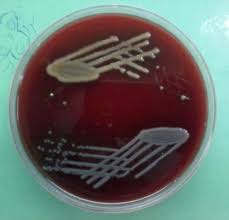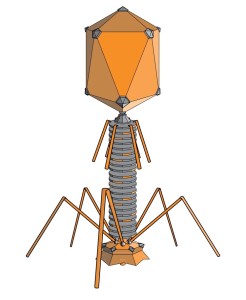Whole genome sequencing (WGS) has been widely used in traceability of foodborne outbreaks. Here, an interesting connection between Cronobacter sakazakii and foodborne gastroenteritis (AGE) was noticed. In October 2016, an acute AGE outbreak affecting 156 cases occurred in a local senior high school.
 Case-control study including 70 case-patients and 295 controls indicated a strong association between eating supper at school canteen of the outbreak onset and AGE, as revealed by the Odds Ratio (OR: 95.32). Six recovered Cronobacter strains were evaluated and compared using pulsed-field gel electrophoresis (PFGE), multilocus sequence typing (MLST) and WGS. A phylogenetic tree of whole genomic single nucleotide polymorphisms (wgSNPs) were generated to traceback the potential contamination source in this outbreak. C. sakazakii isolates S2 from a patient’s rectal swab and S4 from leftover food sample shared identical PFGE pattern and sequence type (ST73), and clustered tightly together in the SNP phylogenetic tree. C. sakazakii isolates S5 and S6 from food delivery containers were both ST4 but with different PFGE patterns. Cronobacter isolates S1 and S3 from two patients’ rectal swab were sequenced to be C. malonaticus and shared another same PFGE pattern with the same ST567.
Case-control study including 70 case-patients and 295 controls indicated a strong association between eating supper at school canteen of the outbreak onset and AGE, as revealed by the Odds Ratio (OR: 95.32). Six recovered Cronobacter strains were evaluated and compared using pulsed-field gel electrophoresis (PFGE), multilocus sequence typing (MLST) and WGS. A phylogenetic tree of whole genomic single nucleotide polymorphisms (wgSNPs) were generated to traceback the potential contamination source in this outbreak. C. sakazakii isolates S2 from a patient’s rectal swab and S4 from leftover food sample shared identical PFGE pattern and sequence type (ST73), and clustered tightly together in the SNP phylogenetic tree. C. sakazakii isolates S5 and S6 from food delivery containers were both ST4 but with different PFGE patterns. Cronobacter isolates S1 and S3 from two patients’ rectal swab were sequenced to be C. malonaticus and shared another same PFGE pattern with the same ST567.
The interesting feature of this study was the implication of C. sakazakii as a causative agent in foodborne AGE occurring in healthy adults, although C. sakazakii is considered as an opportunistic pathogen and generally affects neonates, infants and immuno-compromised adults.
An investigation of an acute gastroenteritis outbreak: Cronobacter sakazakii, a potential cause of foodborne illness
Frontiers in Microbiology, doi: 10.3389/fmicb.2018.02549
Wei Rong, Baofu Guo Xiaochao Shi, et al
https://www.frontiersin.org/articles/10.3389/fmicb.2018.02549/abstract

